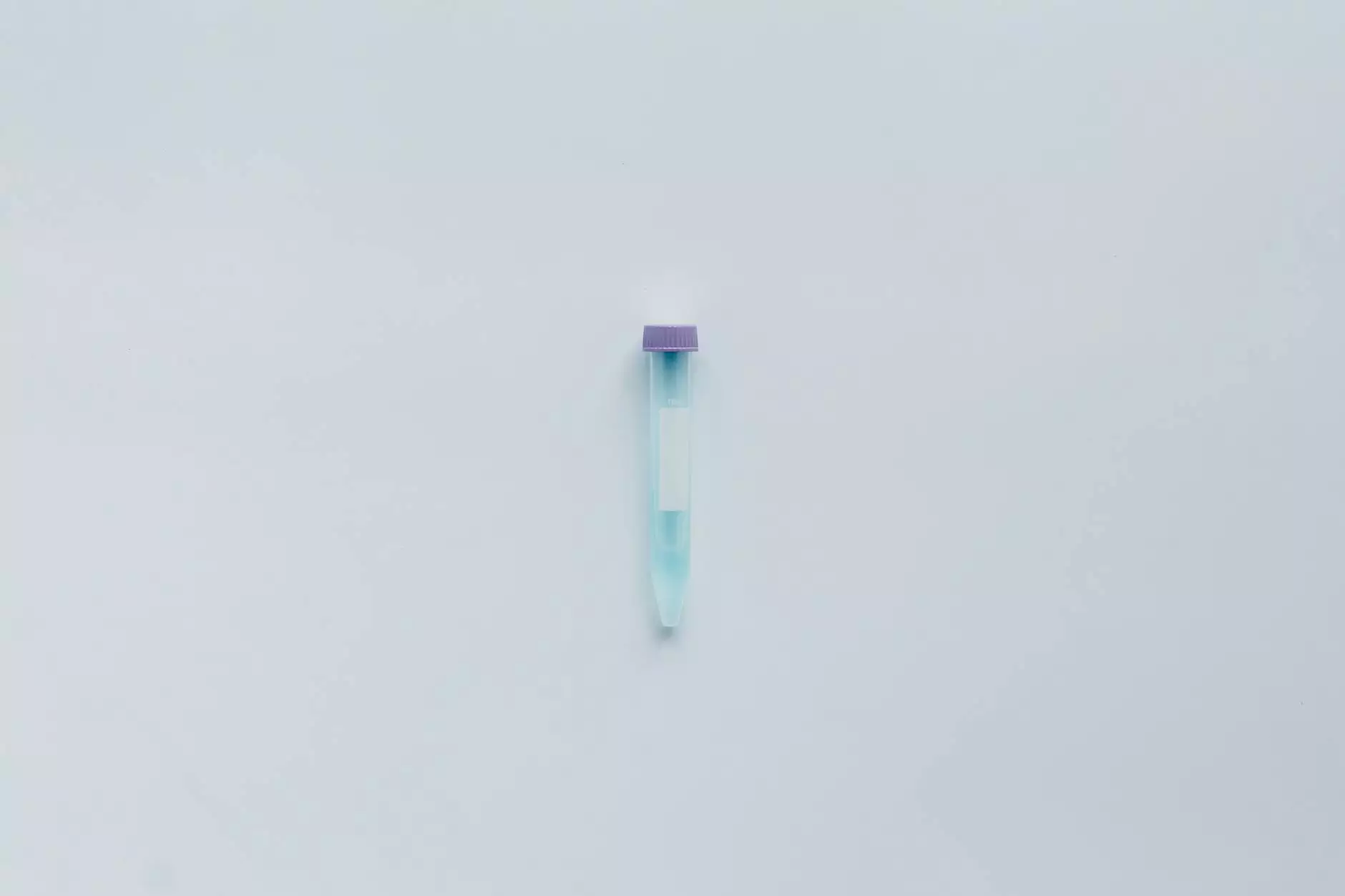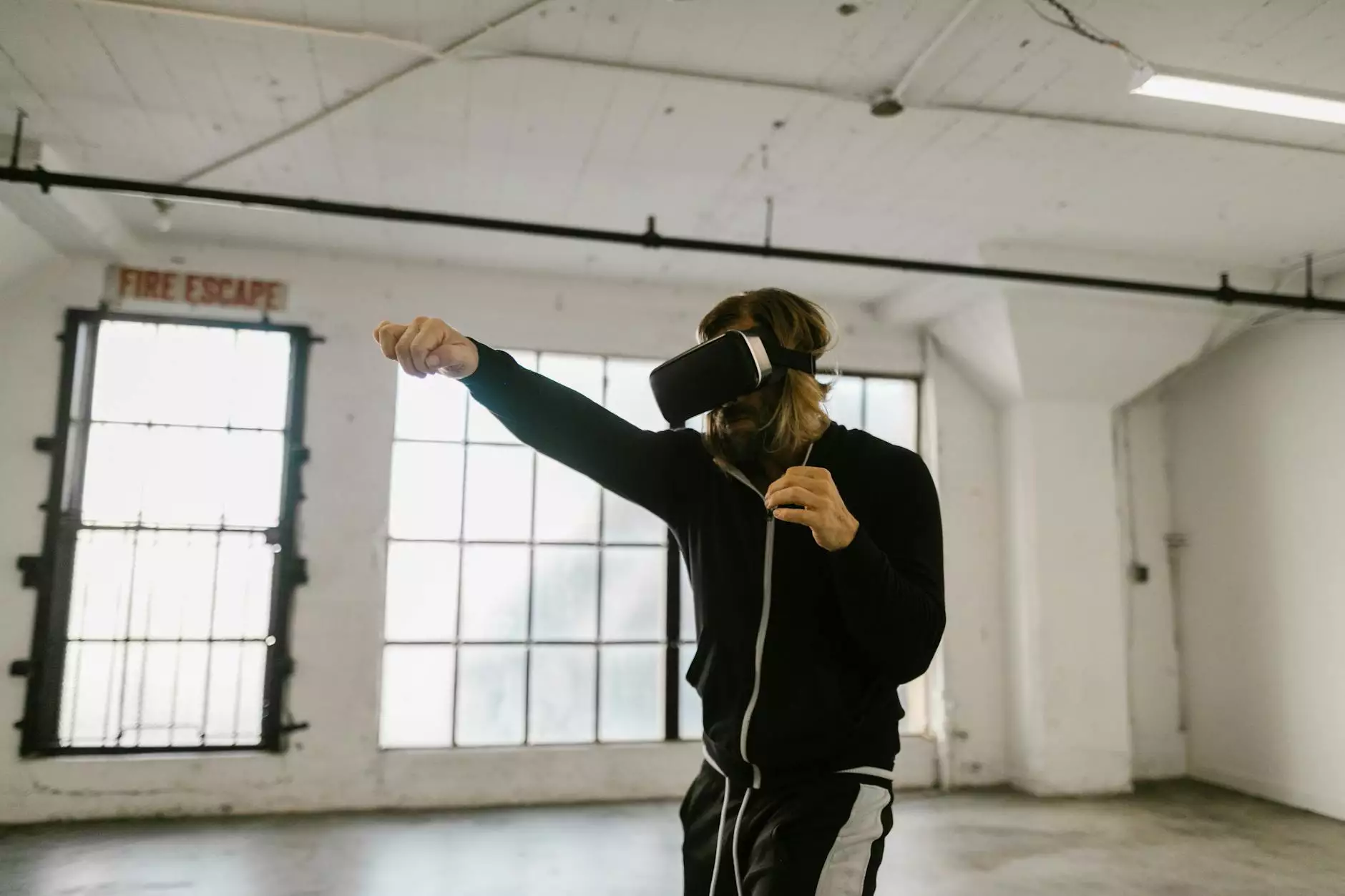The Power of Stereolithography in Modern 3D Printing

In today’s rapidly evolving technological landscape, 3D printing has emerged as one of the most significant innovations. Among the various methods of 3D printing, stereolithography, also known as SLA, stands out for its precision and versatility. This article will delve into the intricacies of stereolithography, examining its mechanisms, applications, benefits, and its transformative role in industries ranging from healthcare to automotive.
What is Stereolithography?
Stereolithography is a 3D printing technology that utilizes a laser to cure liquid resin into hardened plastic. The process involves using a computer-generated model to dictate the shape and structure of the object being produced. As the laser moves across the surface of the resin, it selectively cures and solidifies only the desired areas, layer by layer, until the complete object emerges. This technology was first developed by Chuck Hull in the 1980s and has since evolved significantly, making it one of the most prominent methods of additive manufacturing.
The Process of Stereolithography
1. Designing the Model
The journey of stereolithography starts with creating a detailed 3D model using Computer-Aided Design (CAD) software. The precision of this model directly influences the final output, making accurate modeling crucial.
2. Preparing the Print
Once the model is ready, it needs to be sliced into numerous layers using slicing software. This software converts the CAD design into a format that instructs the printer on how to build each layer. Key parameters to consider during this phase include layer thickness, build orientation, and support structures.
3. Printing Process
During the actual printing phase, the SLA printer fills the build platform with liquid resin. A UV laser then traverses the surface of the resin, solidifying it according to the sliced model. This step is repeated for each layer, with the build platform lowering incrementally to allow for the next layer of resin to be cured.
4. Post-Processing
After printing, the model typically requires post-curing, which enhances strength and durability. This involves exposing the printed object to UV light, further solidifying the resin. Additionally, any support structures are removed, and sanding or polishing may occur to achieve the desired finish.
Advantages of Stereolithography
The advantages of stereolithography make it a preferred choice in various industries. These benefits include:
- High Precision: SLA delivers exceptional detail, making it ideal for intricate models.
- Smooth Surface Finish: The curing process produces a smoother finish compared to other 3D printing methods, requiring less post-processing.
- Variety of Materials: A wide range of resins can be utilized, including flexible, tough, and even heat-resistant versions.
- Rapid Prototyping: Stereolithography enables faster iteration of designs, which is crucial in product development cycles.
- Complex Geometries: SLA can produce highly complex structures that would be difficult or impossible to create with traditional manufacturing methods.
Applications of Stereolithography
The applications of stereolithography are vast and varied, spanning multiple industries. Here are some notable examples:
1. Healthcare
SLA has revolutionized the medical sector by allowing for the production of highly detailed anatomical models, surgical guides, and custom prosthetics. These customized models enhance pre-surgical planning and patient-specific treatments.
2. Aerospace and Automotive
In the aerospace and automotive industries, stereolithography is used to create functional prototypes and tooling. This accelerates the development process and reduces reliance on traditional manufacturing methods, leading to cost savings and increased efficiency.
3. Consumer Products
From eyewear to jewelry, many consumer products benefit from SLA’s ability to produce intricate designs. Customization is a major trend in this sector, and stereolithography provides the means to deliver unique products tailored to individual preferences.
4. Art and Fashion
Artists and fashion designers leverage stereolithography to push the boundaries of traditional design. Sculptures, wearable art, and avant-garde fashion pieces are emerging as SLA technologies enable the realization of bold ideas.
The Future of Stereolithography
The future of stereolithography looks promising, with ongoing research and development aimed at enhancing its capabilities. Innovations such as:
- Speed Improvements: New developments in laser technology and resin formulations are set to reduce printing times considerably.
- Multi-material Printing: Future SLA printers may be capable of printing with multiple materials simultaneously, opening up new design possibilities.
- Eco-friendly Resins: As sustainability becomes a global focus, the development of biodegradable and less toxic materials will lead to a greener 3D printing industry.
- Integration with AI: Artificial intelligence could enhance the design process, automating and optimizing model generation based on user input.
Conclusion
The emergence of stereolithography has fundamentally changed the landscape of 3D printing, offering unprecedented precision and versatility. Its applications range from creating intricate medical devices to crafting bespoke consumer products, making it an invaluable technology across various industries. As advancements continue to unfold, the potential of SLA will only grow, paving the way for innovative solutions and a more efficient future. Companies like Infotron are at the forefront of this transformation, harnessing the power of stereolithography to deliver remarkable products and services that meet the needs of today's dynamic market. Embrace the revolution that stereolithography represents and position your business for success in the world of 3D printing.
Explore More at Infotron
To learn more about stereolithography and how it can enhance your business, visit Infotron for comprehensive resources and expert insights on the latest in 3D printing technologies.









